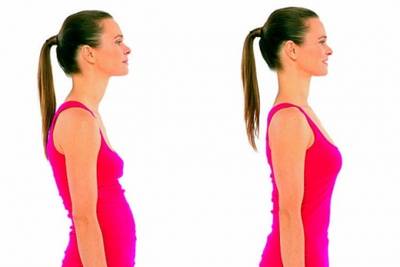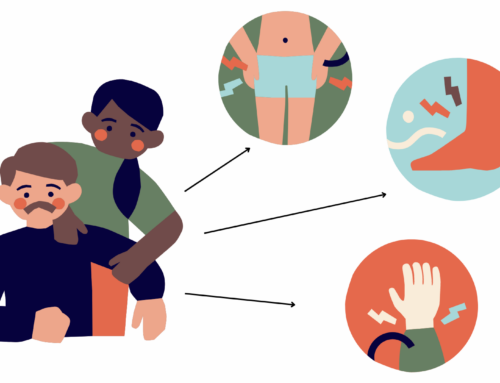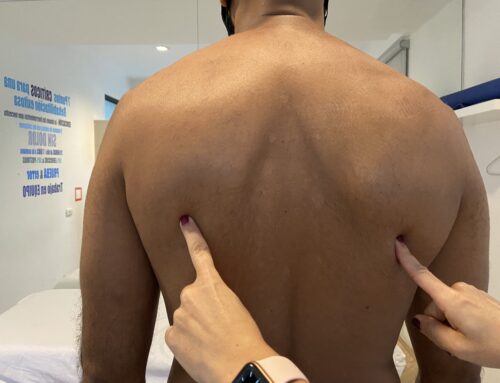Shoulders forward: one shoulder higher than the other
When people are sitting or standing, sometimes one shoulder is in a more anterior or higher position than the other. This is due to a postural alteration called “forward shoulders”.
This phenomenon causes people to sometimes feel back pain or feel hunched over because several muscles of the body are altered, which are:
Pectoralis minor, pectoralis major, trapezius, rhomboid, levator scapulae, serratus anterior, short portion of the biceps and coracobrachialis.
What causes shoulders forward?
The position that causes shoulders forward can be caused by a muscle imbalance, where there is permanent contraction or shortening of the chest muscles, either the pectoralis major or pectoralis minor. These, in combination with other muscle imbalances, contribute to the forward shoulders.
Exercises and recommendations
Correcting the physical posture will reduce the pain, so a series of recommendations can be followed to improve our health:

The help of a specialist such as a physical therapist can always change any condition, as they will know what recommendations to follow to improve the quality of life, reducing pain. In the case of a fallen shoulder, physical therapists can apply therapies and exercise routines that will help with the problem.
When people are sitting or standing, sometimes one shoulder is in a more anterior or higher position than the other. This is due to a postural alteration called “forward shoulders”.
This phenomenon causes people to sometimes feel back pain or feel hunched over because several muscles of the body are altered, which are:
Pectoralis minor, pectoralis major, trapezius, rhomboid, levator scapulae, serratus anterior, short portion of the biceps and coracobrachialis.
What causes shoulders forward?
The position that causes shoulders forward can be caused by a muscle imbalance, where there is permanent contraction or shortening of the chest muscles, either the pectoralis major or pectoralis minor. These, in combination with other muscle imbalances, contribute to the forward shoulders.
Exercises and recommendations
Correcting the physical posture will reduce the pain, so a series of recommendations can be followed to improve our health:

The help of a specialist such as a physical therapist can always change any condition, as they will know what recommendations to follow to improve the quality of life, reducing pain. In the case of a fallen shoulder, physical therapists can apply therapies and exercise routines that will help with the problem.




